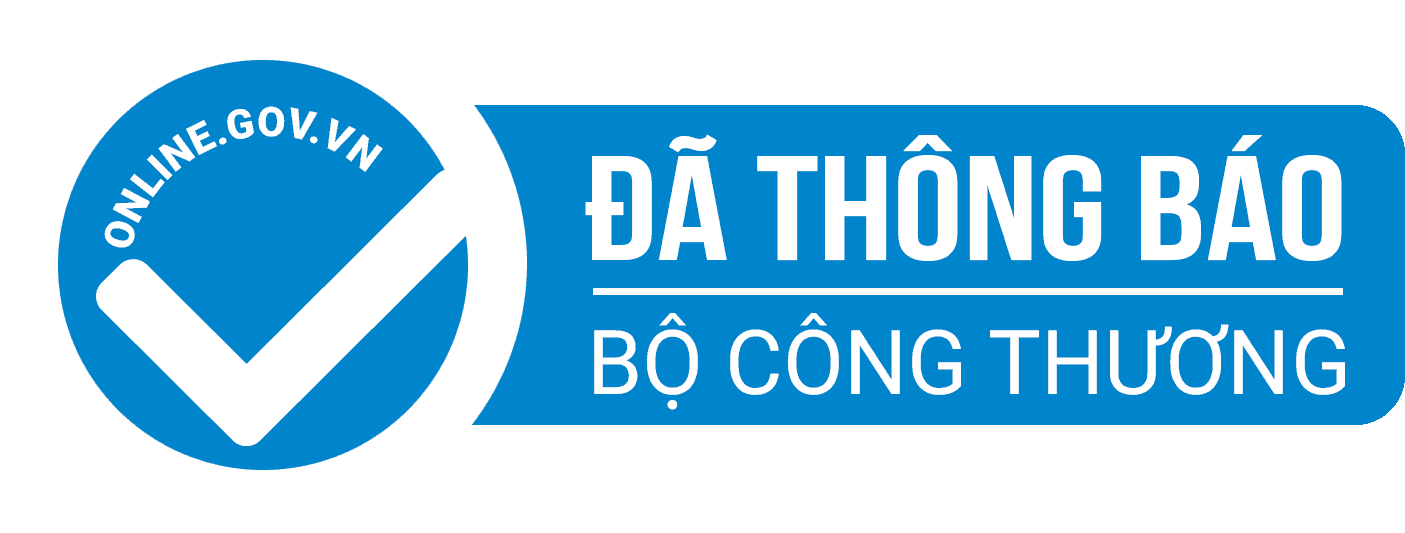1. Overview of Vu Quang National Park
Vu Quang National Park is also known as Vu Quang Nature Reserve in Ha Tinh. Covering an impressive 57,000 hectares, including nearly 53,000 hectares of natural forest, the park plays a vital role in the ecological system of the Truong Son mountain range.

Established in 2002, Vu Quang National Park was created to preserve the region’s biodiversity and protect endangered species. Its location is particularly strategic, positioned between Pu Mat National Park in Nghe An and Phong Nha - Ke Bang National Park in Quang Tri. This connection forms a vast conservation corridor in central Vietnam.
In 2018, Vu Quang National Park was honored as an “ASEAN Heritage Park,” recognizing its significance as one of Southeast Asia’s most important biodiversity hotspots. Beyond conservation, the park plays a crucial role in scientific research, environmental education, and tourism development in the region.
2. Biodiversity of Vu Quang Nature Reserve
Vu Quang National Park houses rare plants and unique animals that are endemic to the Truong Son mountain range. The flora is extraordinary, with more than 1,616 useful plant species recorded, which belong to 202 families of vascular plants. Among them are large, precious trees such as pơmu, du sam, green ironwood, golden cypress, sấu, and sồi ba cạnh. Many of these species have high ecological and economic value, and several are listed in Vietnam’s Red Book.
The fauna is equally impressive, featuring 94 species of mammals including the rare saola, large-antlered muntjac, sun bear, and white-cheeked gibbon. There are 315 species of birds such as hornbills and pheasants. Reptiles and amphibians come with 91 species, while 88 species of freshwater fish inhabit streams and reservoirs. For insects, there are 316 butterfly species alone. The discovery of the saola underlines the park’s global scientific importance.

>>> Check out: Central Vietnam itinerary: An A-to-Z guide for exploration
3. Unmissable attractions in Vu Quang National Park
3.1. Thang Day Waterfall
Standing more than 40 meters high, Thang Day Waterfall cascades like a white silk ribbon into the dense forest. Surrounded by mossy rocks and lush vegetation, it is one of the most picturesque spots in Vu Quang National Park. Alongside Thang Day, tourists can also explore Cong Troi Waterfall and Nam Cham Waterfall, both offering untouched beauty.
3.2. Rao Rong Stream
Stretching nearly 20 kilometers, Rao Rong Stream winds through the forest like a giant dragon. Its crystal-clear waters form natural swimming pools and smooth pebble beaches, perfect for a refreshing dip. On sunny days, the stream glitters under the forest canopy, creating a serene landscape.
3.3. Ngan Truoi Reservoir
Ngan Truoi Reservoir is an engineering feat and also an eco-tourism site in Vu Quang National Park. With hundreds of small islets scattered across its surface, the reservoir offers breathtaking scenery and opportunities for boat rides or picnics.
3.4. Phan Dinh Phung Temple
This memorial site was built in 2002 to honor the Huong Khe uprising and its legendary leader Phan Dinh Phung. The stone stele commemorates the indomitable spirit of patriotic heroes like Phan Dinh Phung and Cao Thang, whose resistance against colonial forces remains a symbol of national pride. The temple’s solemn atmosphere adds a layer of cultural depth to Vu Quang National Park.
3.5. Rao Co Peak
At 2,286 meters, Rao Co Peak marks the Vietnam-Laos border and is one of the most challenging climbs in the country. Reaching the summit can take up to 5 days from the Huong Quang border post, making it an adventure for only the most determined trekkers. The peak offers sweeping views, embodying the rugged beauty of the Truong Son mountain range.

>>> Check out: Ha Tinh Vietnam map: Top 12 destinations you shouldn’t miss
4. Tips for exploring Vu Quang National Park
4.1. Transportation
Where is Vu Quang National Park? You can reach the park from the center of Ha Tinh by following National Road 15A and Ho Chi Minh Trail. From other cities in Vietnam, you can fly to Vinh Airport in Nghe An, hop on a coach to reach Ha Tinh, and rent a motorbike to ride to the park yourself.
4.2. Best time to visit
Ha Tinh has a tropical monsoon climate with cold winters and hot summers. From December to July, Vu Quang National Park enters the dry period with average temperatures around 20°C - 25°C. This is the most favorable time to visit as trekking is easier, camping is more comfortable, and the early morning mist creates a magical landscape. The rainy period lasts from late August to mid-November, when trails can be slippery and floods are possible. However, the forest is at its greenest during this time, with waterfalls flowing strongly and wildlife being highly active.
4.3. Accommodation
You can stay at Vinpearl Ha Tinh, Affiliated by Meliá or Vinpearl Cua Sot Resort, Affiliated by Meliá. These hotels and resorts provide luxury rooms and modern amenities like spas and fine dining restaurants, making them ideal bases for exploring Ha Tinh in general and Vu Quang National Park in particular.

Book rooms in Vinpearl Ha Tinh, Affiliated by Meliá

Book rooms in Vinpearl Cua Sot Resort, Affiliated by Meliá
4.4. Notes
Here are some tips to keep in mind before exploring Vu Quang National Park:
- Wear long-sleeve shirts and trekking shoes to protect yourself against insects and the rough terrain.
- Bring essentials like hats, sunglasses, raincoats, water, snacks, maps, and first-aid kits.
- Do not litter.
- Strictly follow the park’s regulations on protecting wildlife and vegetation.
- Do not light fires in the forest.
- Always stick to guided routes to ensure safety.
Vu Quang National Park invites tourists to step into a world of discovery and wonder with its pristine forests, spectacular waterfalls, and historical sites. Whether you are a trekking enthusiast, a history lover, or simply someone seeking peace in nature, this park offers an unforgettable journey deep into the heart of Ha Tinh’s mountains.

















